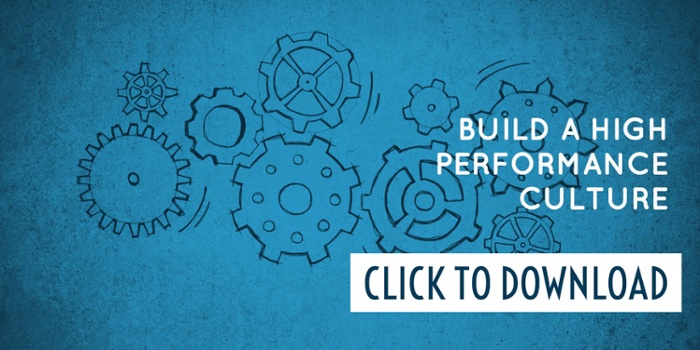Most leaders that we work with would define trust as an essential component of a high-performing team. In fact, developing greater trust among the team is often a primary objective of our clients.
As important as trust is in creating team cohesion, leaders often have a hard time defining what it is and deploying it in a functional way.
What is Trust and how does it show up?
Trust is a highly dynamic, domain-specific and emotion-laden concept. Clear intention and grounded choices are required to create a thriving, trusting culture.
When we ask leaders if they have high trust on their teams, they frequently reply that individuals trust each other, but that they don’t exhibit trusting behaviors. They engage in turf battles, don’t share information, and talk to the leader about problems with each other, but don’t address them directly with each other.
Many of these behaviors are rooted in our biology, which doesn’t distinguish between physical and social threats. We often distrust those who have different perspectives, backgrounds, and views on actions that should be taken because they make us feel unsafe.
Our biology served us well when we lived in the jungle and defense mechanisms supported survival, but it presents barriers in an environment where collaboration is key to high performance and wellbeing.
Rather than getting curious and benefiting from the learning opportunities inherent in these differences, we often surround ourselves with people who think like we do. Although this approach may feel safer, it limits new possibilities and innovation. The key is to develop the capabilities to build and operate in an environment of trust.
The word “trust” carries a lot of emotional weight, which makes it a vulnerable place for people to engage. Telling people you don’t trust them is to question their character at the most basic level. As a result, we rarely engage in the “trust” discussion with others. We hold our judgment to ourselves and demonstrate our lack of trust in our actions. Worse, we don’t address the person directly, but share our judgments with others, which only exacerbates distrust within a team.
Creating functional trust – trust that supports cohesion and collaboration within the team – requires the ability to discuss trust and trust breakdowns regularly and directly.
A Trust Model
We define trust as having three key components: sincerity, capability, and reliability. These distinctions enable people to engage in trust conversations in a constructive way by focusing on the component causing the issue and grounding the cause of the trust breakdown.
- SINCERITY: If I trust that you are sincere, I am confident that you are telling me what you truly think and not what you think I want to hear to serve your purpose (make a sale, gain my support, etc.). If I learn that you’ve told someone else that you think my idea makes no sense and you’re telling me you’re on board, then we need to have a sincere discussion.
- CAPABILITY: If I trust that you are capable, I am confident you have the skills, competency, and capacity to complete what has been requested of you. If you tell me you can deliver a project at a certain price and on a certain date and you fail to deliver, I need to engage you in the capabilities discussion. Where did the breakdown occur? Getting clear on root cause issues will lead to better requests, aligned expectations, or clarity on needed development in the future.
- RELIABILITY: If I trust that you are reliable, I am confident that you will deliver consistently on your promises. Again, when a breakdown occurs, it’s important to have a discussion regarding why and how to address it in the future. If I know you are capable and you are consistently unreliable, I will begin to question your sincerity.
This model provides a useful construct for stepping into challenging conversations – those conversations that we know we need to have, but are reluctant to initiate due to the discomfort. If I’m on the other end of the conversation and I see that care about my concerns, I’m more willing to receive and channel your input.
Trust in Action
In our experience, teams and organizations that perform at the highest levels are consistently operating in ways that build and reinforce trust. We see these leaders choosing trust as the starting point – it is the surest way to create a trusting environment.
Choosing trust shifts the context from “prove yourself to me” to “I trust that you will perform.” Choosing to trust can be vulnerable, and this vulnerability is the turbo charge to connection. Choosing trust can open possibilities. Choosing not to trust can shut possibilities down.
When trust does break, it creates an opportunity to build even higher trust by addressing the root cause.
High-performance teams set the context for trust. They commit to shared standards; they learn from each other; they are open to new choices. And, when the inevitable breakdowns in trust do occur, they step into the challenging conversations.
For a more comprehensive perspective on building a High Performing Culutre, download our white paper.


